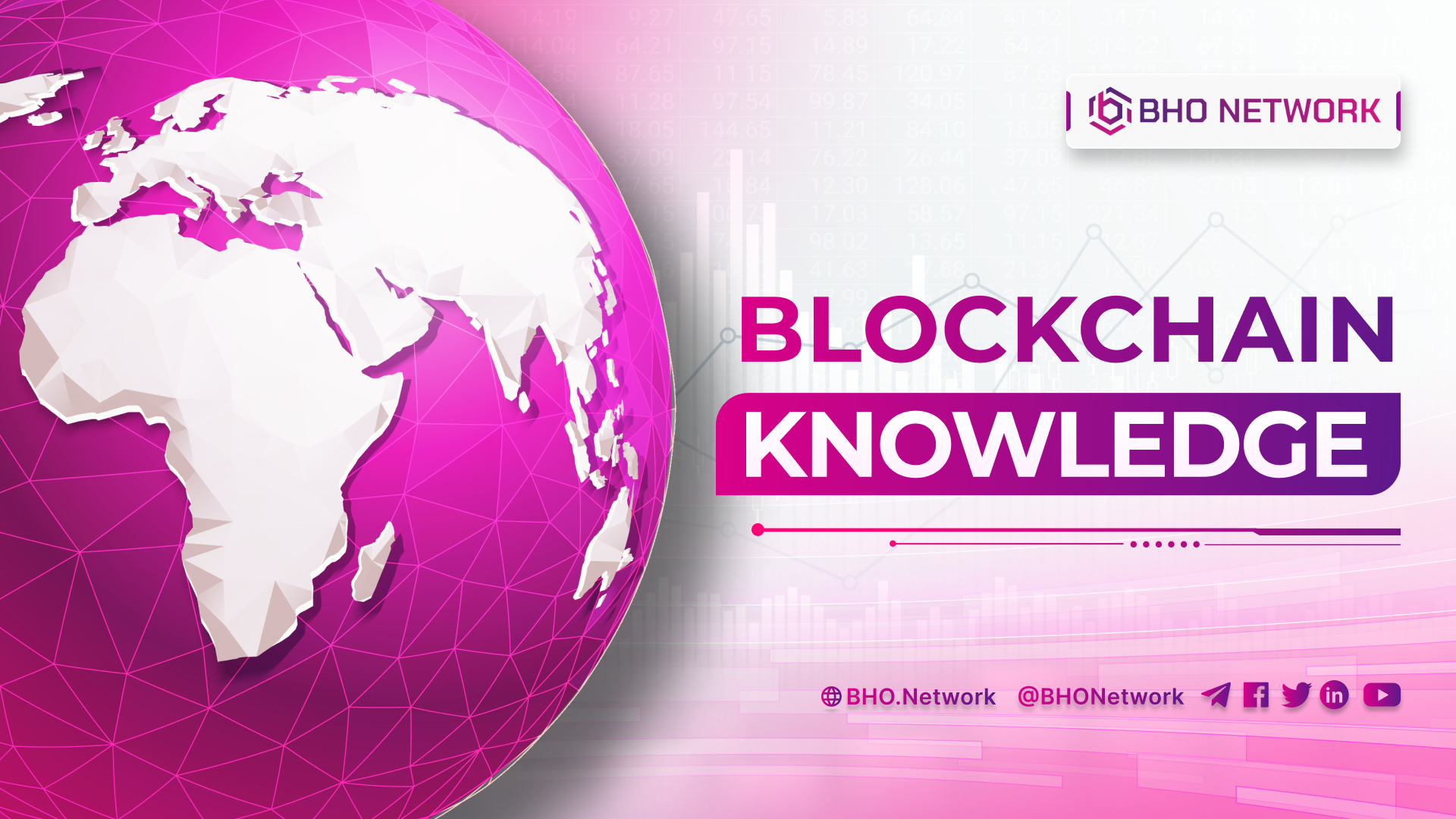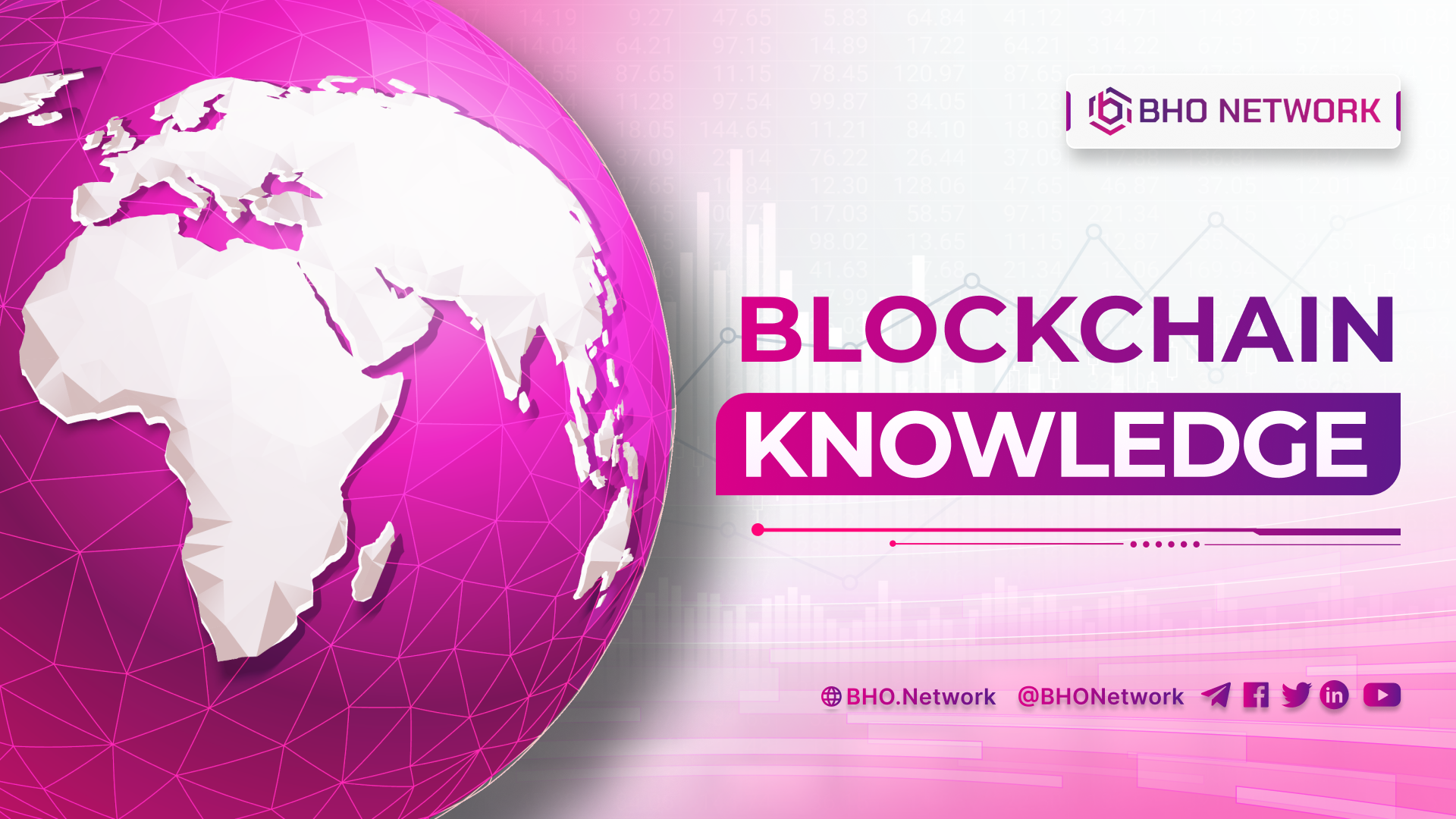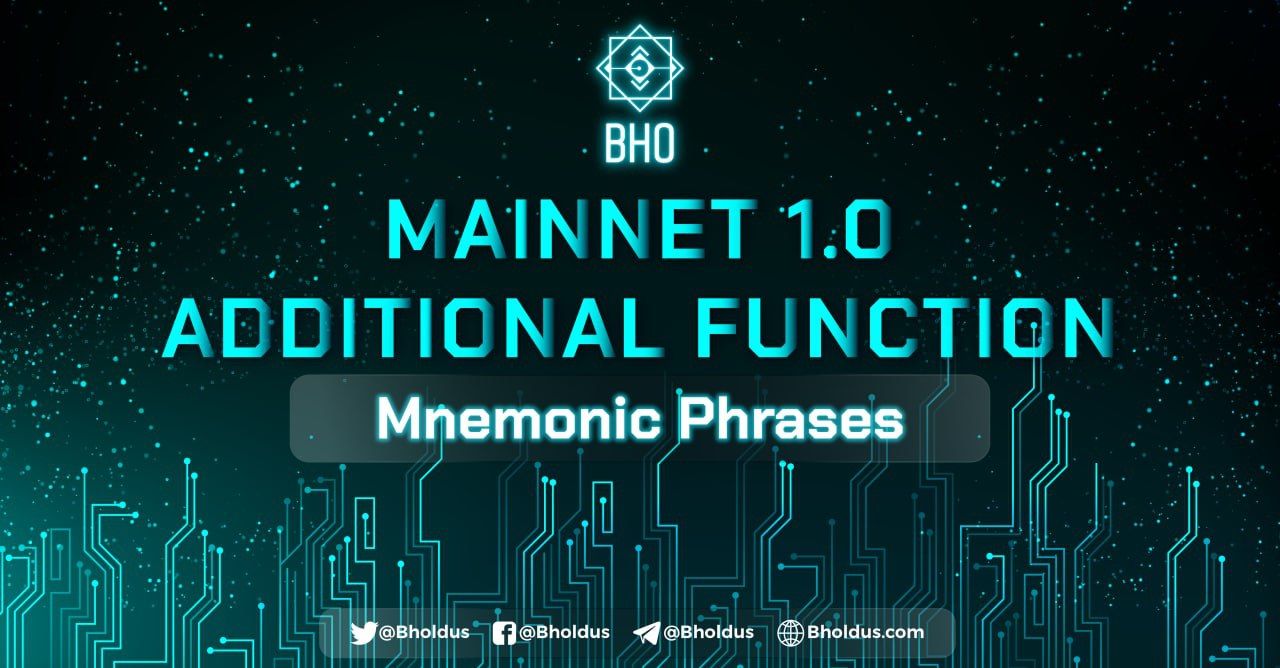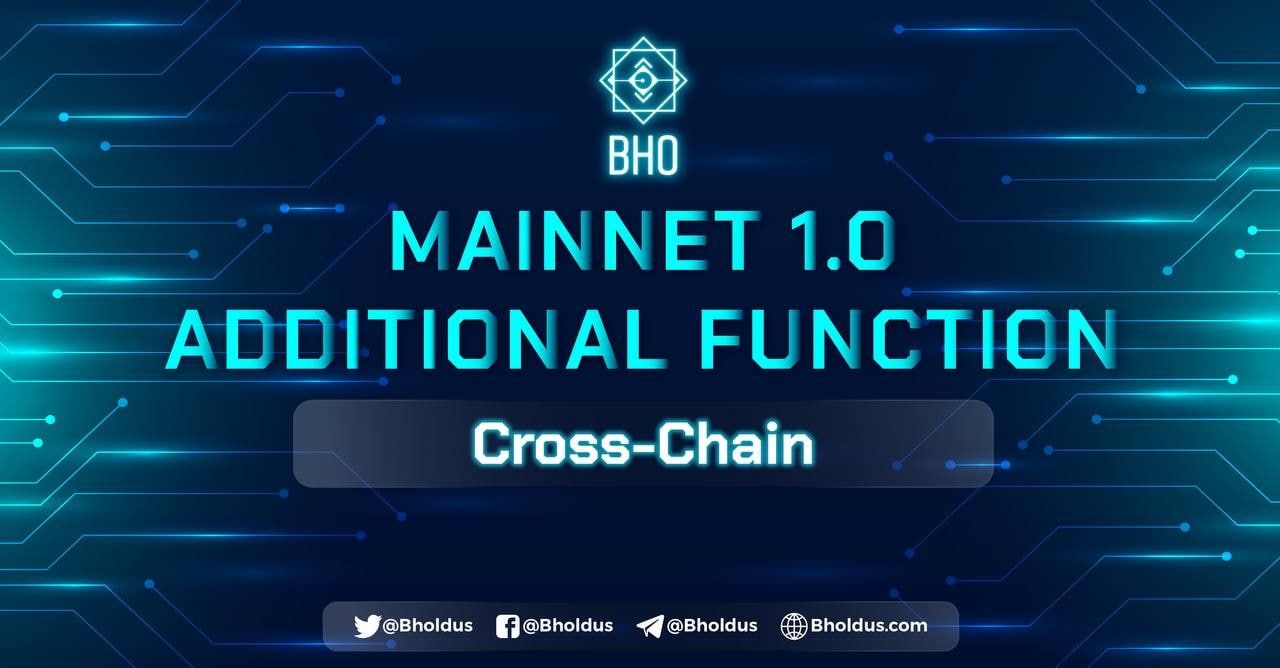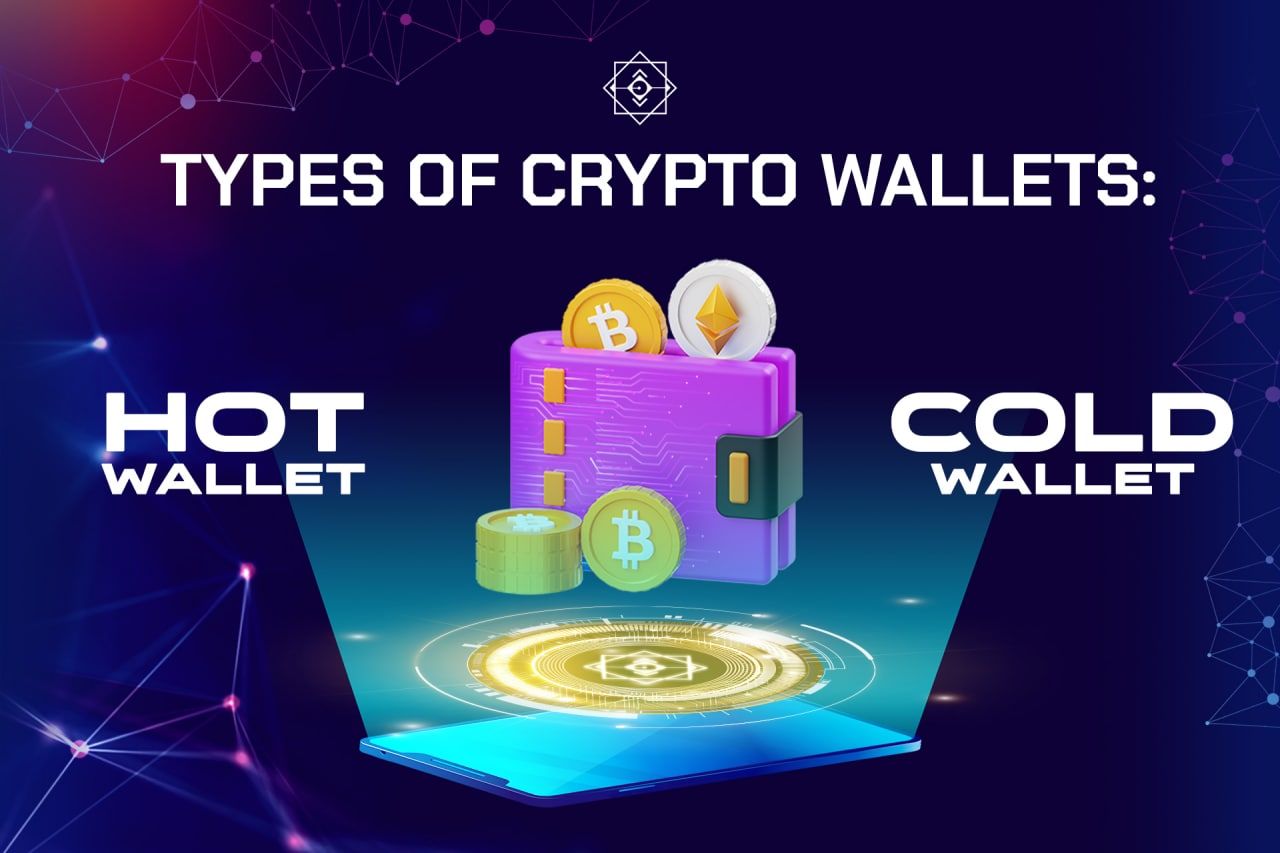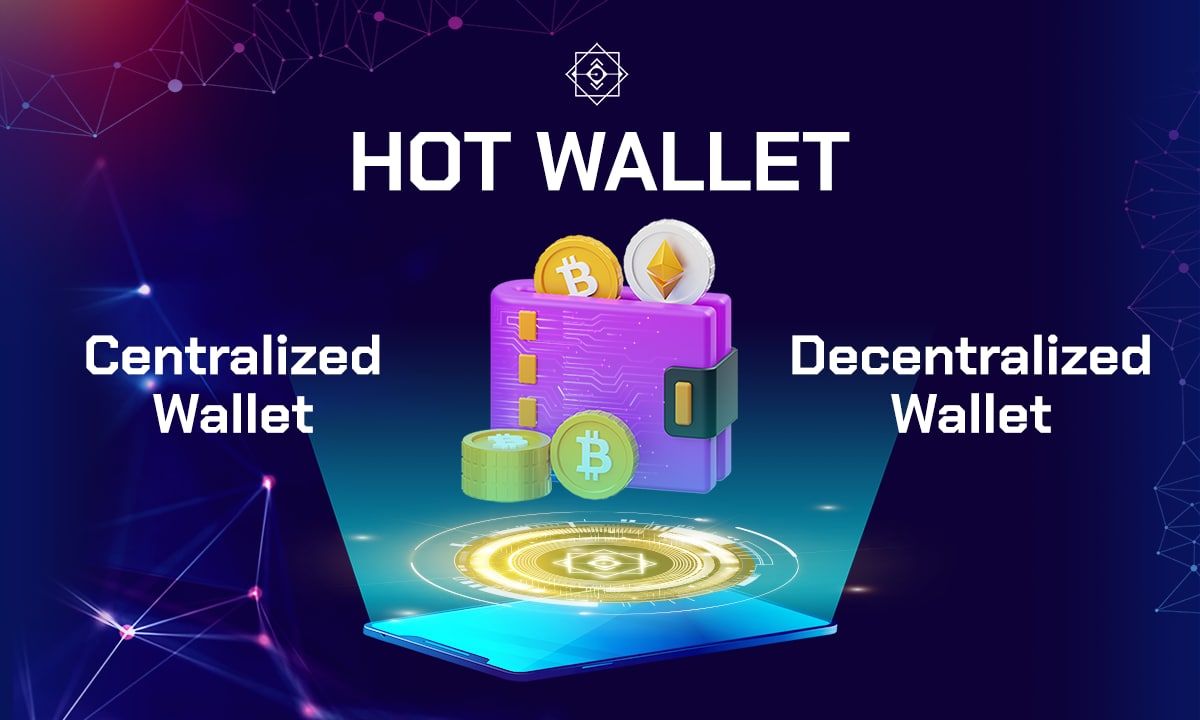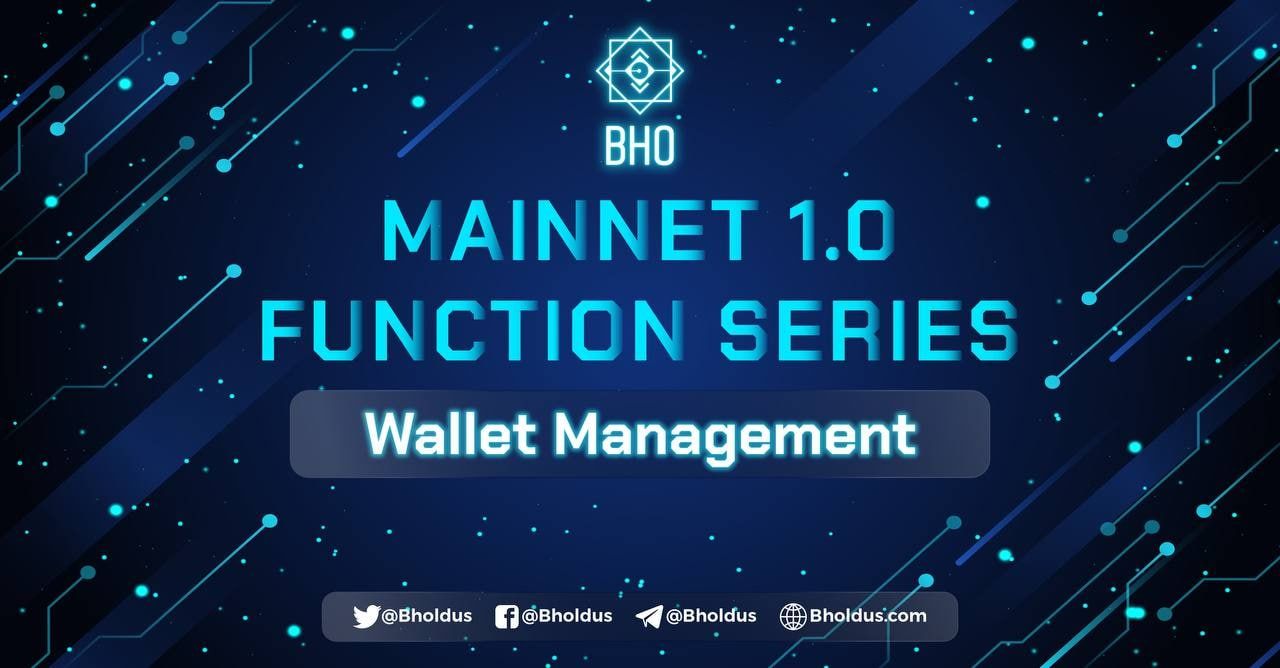- Blog
- Crypto News
- What is Staking? Everything about Staking you need to know
What is Staking? Everything about Staking you need to know
- 1. What is Staking?
- 2 Distinguishing between Staking and traditional passive investment
- 3. Staking method of operation
- 3.1 Works on crypto wallets
- 3.2 Keeping coins in a wallet or smart contract
- 4. Ways to classify Staking
- 4.1 Proof of Stake (PoS)
- 4.2 DPoS - Delegated Proof of Stake
- 4.3 LpoS - Leased Proof of Stake
- 4.4 MpoS - Masternode Proof of Stake
- 5. Benefits of Staking
- 5.1 For Stakers
- 5.2 For projects
- 6. Risks of Staking
- 6.1 High risk level
- 6.2 Large exchange rate fluctuations
- 6.3 No Guarantee on Deposit Volume
- 6.4 Penalty for Violations
- 6.5 Vulnerability to Hackers
- 7. Parameters to pay attention to when Staking Token
- 7.1 Inflation rate
- 7.2 Lock time
- 7.3 Unlock time
- 7.4 Staking Interest
- 7.5 Minimum amount to participate in Staking
- 7.6 Token Age
- 7.7 Number of Tokens
- 8. Basic Staking guide for new investors
- 8.1 Conditions for Staking Cryptocurrency
- 8.2 Cryptocurrency Exchanges Apply Staking
- 8.3 Step-by-step instructions
- 8.4 Some notes when participating in Staking
- 9. Instructions on how to optimize profits when Staking
- 9.1 Determining the appropriate method
- 9.2 Implementation steps
- 10. 5 Tokens used for Staking with the best profit at the moment
- 10.1 Cardano (ADA)
- 10.2 Ethereum 2.0 (ETH)
- 10.3 Solana (SOL)
- 10.4 Polkadot (DOT)
- 10.5 Binance Smart Chain (BNB)
- 11 Information about future Staking trends
- 11.1 Staking to compete Node, Masternode
- 11.2 3rd party Staking services
- 11.3 Liquidity unlocking project
- 12. Staking upgrade
- 12.1 veCRV
- 12.2 Staking to receive revenue
What is Staking? What has caused investors to focus and look for ways to earn passive income from Tokens through this method? Join BHO Network to learn the necessary knowledge and guide to adequate Staking right here!
1. What is Staking?
Staking simply means keeping money in the Token wallet (or in the Staking Pool) to help the Blockchain network certify the primary stake for a specific project, making it more efficient and secure.
2 Distinguishing between Staking and traditional passive investment
Staking has many differences compared to conventional passive investment:
-
Firstly, the bonus from Staking does not originate from income. import. The bonus generated from Staking comes from the rate of newly minted Tokens.
-
Second, Staking acts as a governance system to strengthen the PoS system, as well as promote the execution of healthy transactions.
3. Staking method of operation
Staking is currently an alternative to Token mining. This activity consists of keeping Token Á in a digital wallet to. By 'locking' or discarding Tokens, users can get Staking rewards.
3.1 Works on crypto wallets
Token Staking in most cases can be done directly from your Token wallet, or it can also be done through one of the services offered by Token exchanges.
3.2 Keeping coins in a wallet or smart contract
The standard method for Staking is usually to keep the Token right in your wallet or locked in a smart contract ( Masternodes).
4. Ways to classify Staking
Cmechanism can be implemented in many different forms. Here are some basic forms:
4.1 Proof of Stake (PoS)
PoS is built on the idea that participants have the right to "lock" their own electronic assets at specific intervals. This protocol will arrange permissions randomly for a period of time so that the next block can be confirmed.
4.2 DPoS - Delegated Proof of Stake
DPoS will seek to increase transaction speed and block generation without affecting the basic decentralized incentive mechanism. The DPoS does this democratically by creating a voting system that depends on the reputation of the participants.
4.3 LpoS - Leased Proof of Stake
LPoS mechanism is similar to the proof of stake but differs in that users can optionally rent out their Staking capabilities to others.
4.4 MpoS - Masternode Proof of Stake
Masternode Proof of Stake (MPoS) is similar to PoS, but the difference is that MPos is more open to investors. With the size of their investment, investors will get more privileges and Staking Rewards than the normal PoS mechanism.
Read more: What is Low Cap Coin? 5 steps to investing Low Cap Coin
5. Benefits of Staking
Using Staking always brings a lot of convenience For investors, let's discover what those benefits are in the article below.
5.1 For Stakers
Benefits of Staking for Investors:
- Generates a passive income source and increases the number of Tokens during the Staking period.
- Cost saving compared to using PoW mechanism.
- Staking is done securely.
5.2 For projects
Staking benefits for projects:
- Staking in PoS is a form for the foundation Blockchain to create decentralization for the network of self.
- Take advantage of external resources involved in operating the network through Nodes.
- Create motivation to join the network.
- Secure the network.
- Partial impact on the price of the Token.
6. Risks of Staking
When Staking users will accept part of the risks that can affect the whole network such as large price rate fluctuations, penalties for violations,...
6.1 High risk level
Token investment always involves high risk, loss of electronic assets can always happen in many ways including negligence, Hack and fraud. So, before Staking Token, please try to understand the project and the risks surrounding it.
6.2 Large exchange rate fluctuations
Token rates always fluctuate significantly. This causes a lot of trouble during staking because the value of assets can be reduced when "locked".
6.3 No Guarantee on Deposit Volume
The rate of return from staking bonuses cannot always be guaranteed and may even change over time.
6.4 Penalty for Violations
Slashing is a mechanism by which the platform eliminates abnormal behavior by penalizing the Validator for the violation:
- Liveness Error: Validator will be penalized if it does not participate in the consensus algorithm on the platform. platform for a long time and miss many Blocks;
- Administration error: Validator will be penalized if voting multiple times on the same consensus process with different decisions
- Security error: Validator will be penalized when same Block but validated twice or more.
6.5 Vulnerability to Hackers
The threat of a hacker attack is always present in PoS because it is still a fairly new mechanism. In terms of security, PoW is currently outperforming PoS.
7. Parameters to pay attention to when Staking Token
For investors recently, here are some notes about the parameters of Staking Token that BHO Network has compiled to help you get a better view of Token.
7.1 Inflation rate
The rate rate always directly affects the amount of circulation and the price of the Token. For tokens with PoS mechanism, this inflation rate is always present.
7.2 Lock time
This is the time that Token is Lock Locked for Nodes or MasterNode participating in Stake usually determine Lock during Node. At that time, they will receive Reward as a source of income.
7.3 Unlock time
Projects have created rules so that Un-stake does not affect normal network operations and the project has processing time. If the amount of Unstake Token is too large.
7.4 Staking Interest
This is the rate of interest that you receive after 1 Staking period. The larger this number, the greater the amount of Tokens received after Stake. However, to optimize, in addition to the high interest rate, we also need to pay attention to other indicators.
7.5 Minimum amount to participate in Staking
This is the minimum amount of Tokens for User to start participating in Staking. The number may vary depending on the project.
7.6 Token Age
This is the period of time when the Token starts to be profitable, from the time of investment until the official participation in Stake. However, depending on the nature of each project, this time may be earlier or later.
7.7 Number of Tokens
Weight includes Token age and Token quantity. The higher the Weight value, the greater the probability of gaining the right to process transactions and create blocks.
8. Basic Staking guide for new investors
When entering this path, new investors still do not have much experience. But don't worry, BHO Network will provide you with the most basic way of Staking.
8.1 Conditions for Staking Cryptocurrency
The Blockchain platform must use the PoS mechanism. The general rules are usually as follows:
- Wallets should be online 24/7.
- The wallet must be Staking enabled.
- There is already a minimum amount of Tokens.
8.2 Cryptocurrency Exchanges Apply Staking
Popular staking exchanges include:
- Binance
- Crypto.com
- BlockFi
- Coinbase
- CEX
- Tezos
8.3 Step-by-step instructions
Staking implementation is as follows:
- Step 1: Select the type of Token to apply the Staking mechanism, depending on the needs and expectations of investors.
- Step 2: Install an e-wallet or prepare a computer for Staking
- Step 3: Load Tokens into the wallet or deposit money into an account on the exchange to start Staking. Make sure that the e-wallet is always online 24/7.
- Step 4: Monitor interest rate parameters; Token inflation; price; age and number of tokens. Wait for the stage to mature Token and receive Staking Rewards.
8.4 Some notes when participating in Staking
A few notes you need to keep in mind when participating in Staking:
- Always apply safety and security procedures to avoid losing your Tokens due to negligence, fraud or hacking.
- Select Staking projects carefully.
- Consider diversifying staking in many different projects.
- Understand the main principles and costs when staking.
9. Instructions on how to optimize profits when Staking
HBO Network will remind you how to participate based on the parameters that directly affect Staking mentioned above. Staking is the most profitable.
9.1 Determining the appropriate method
The first is to classify Tokens according to the needs and the number of holdings. For those who have a small amount of Tokens (not enough to be a Node or Masternode):
- The best option is to participate in Voting or Staking on existing Nodes to receive Token Reward from that Node.
- For those who own a small amount of Token, determine a long-term Hold, then Staking will help them earn an additional amount of Token during that time.
Those who hoard large amounts of Tokens:
- They can also apply the above method if they want to be flexible in the Lock Token process. However, they can also nominate as Nodes or Masternodes directly involved in transaction processing and block generation.
- This way will help Staker get more Token Reward. But she coupled with higher requirements for hardware installation and connection.
9.2 Implementation steps
For both groups above, please perform the following steps:
- Step 1: Select the type of Token with Staking mechanism.
- Step 2: Install wallet or computer to prepare for Staking.
- Step 3: Load Token into wallet or exchange to start Staking. For e-wallets, you must always ensure that this wallet is connected to a 24/7 network environment.
- Step 4: Wait for the Token to mature and start receiving interest.
10. 5 Tokens used for Staking with the best profit at the moment
Here are the top 5 projects according to the ranking of stakingreward.com on August2021 with the most locked-in assets.
10.1 Cardano (ADA)
Cardano is a Blockchain with an outstanding technology platform with high scalability, good interoperability and sustainability to balance the interests of Miners and Nodes with the development team.
10.2 Ethereum 2.0 (ETH)
Ethereum 2.0 the ultimate development direction of the Ethereum network in upgrading from PoW to PoS consensus mechanism and applying Sharding to improve the processing speed of transactions. Ethereum.
10.3 Solana (SOL)
SOL is the official Token of Solana Blockchain. The risk of Staking SOL is almost zero.
10.4 Polkadot (DOT)
Polkadot is Blockchain platform or Multi-Chain technology, heterogeneous and highly scalable. Polkadot allows Blockchain to connect to share data and form a decentralized network.
10.5 Binance Smart Chain (BNB)
BSC is a Blockchain that works in tandem with Binance Chain using Binance Token (BNB) as the main Token. Besides, because there is no inflation, the reward when Staking Biance BNB Token will be lower than other Blockchains.
Read more: What is Move to Earn? DeFi new trend details
11 Information about future Staking trends
The future of Staking is always of interest to many investors, BHO Network would like to 'reveal' a little bit about the future of this activity.
11.1 Staking to compete Node, Masternode
This trend is happening very clearly and has been recently launched by many Blockchain platforms using the Staking consensus mechanism.
11.2 3rd party Staking services
Token holders can send to the Staking Pool of these 3rd parties. They will use that amount of Tokens to nominate to become 1 Node in the Blockchain network and pay Staking Rewards corresponding to the participants' contributions.
11.3 Liquidity unlocking project
The obvious disadvantage of Staking is that investors lose their capital during the Stake period. Therefore, there are many projects born to solve this situation.
Lido is the most famous project for supporting ETH 2.0 Stake. Users can get their respective stETH while still depositing ETH into Stake. stETH is still available for trading and borrowing but is only accepted in a few places.
12. Staking upgrade
From 2021, Staking has not only deposited Tokens, reduced circulation and received interest but also branched out many different versions.
12.1 veCRV
The veCRV or ve-Model helps users to send CRV to Curve and receive it back to ver V. However, the person can adjust the lock time. This is a feature of this model. The person with veCRV decides to inflate the CRV into a specific Pool.
12.2 Staking to receive revenue
This model simply means that instead of receiving Inflation Tokens, the project will distribute revenue by itself to who is Staking. Two good examples of this model are xSUSHI and LP Staking.
Related posts:
- What is a Vampire Attack? How do Vampire Attacks work?
- What is Liquidity Pool? All you need to know about Liquidity
Hope through the article, you already know “what is Staking”? Things investors need to keep in mind when participating in Staking implementation and risks when starting Staking. If you feel the article, please follow to watch the next BHO Network articles!
Published on July 15, 2022
Tagged topics
